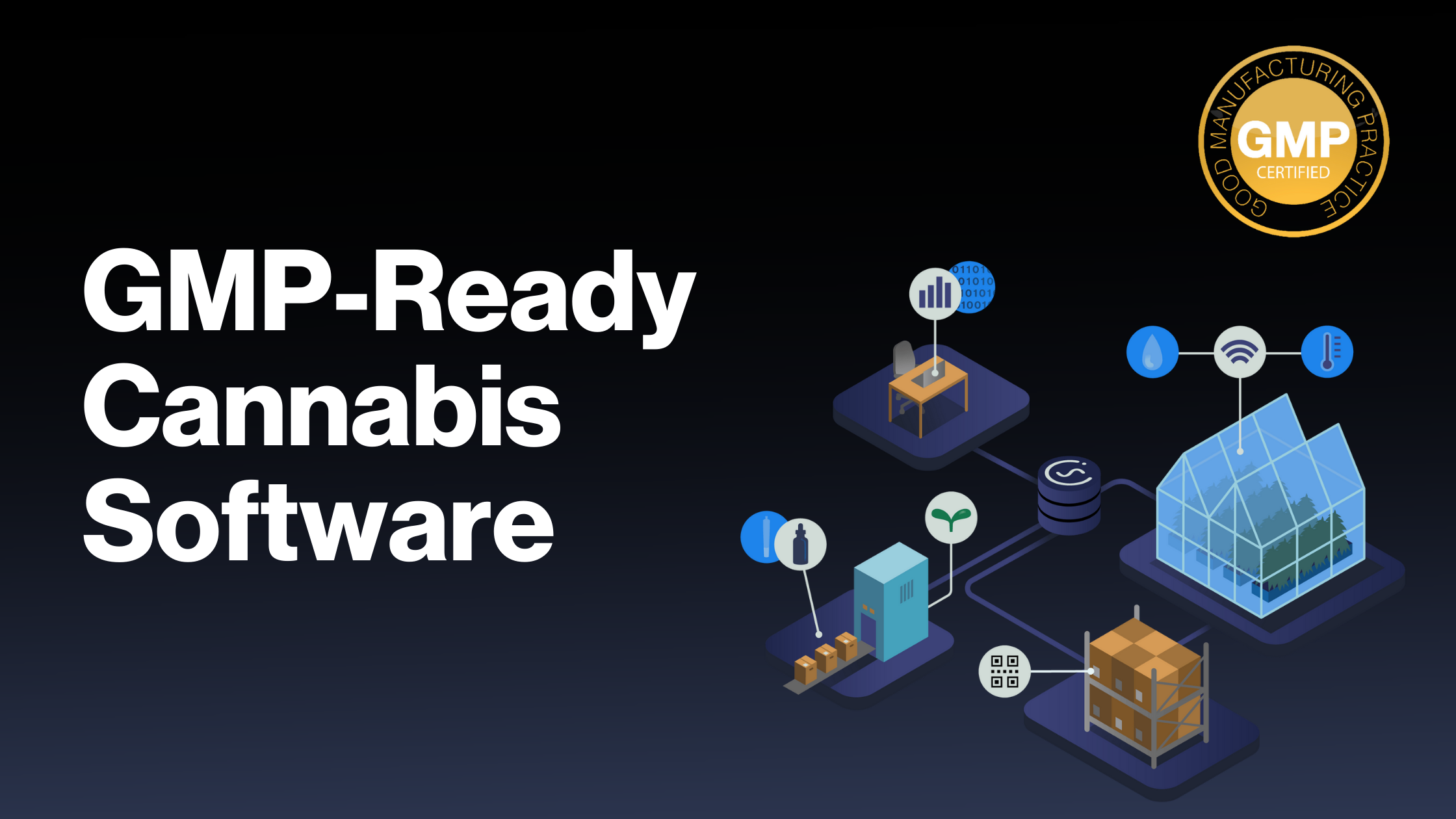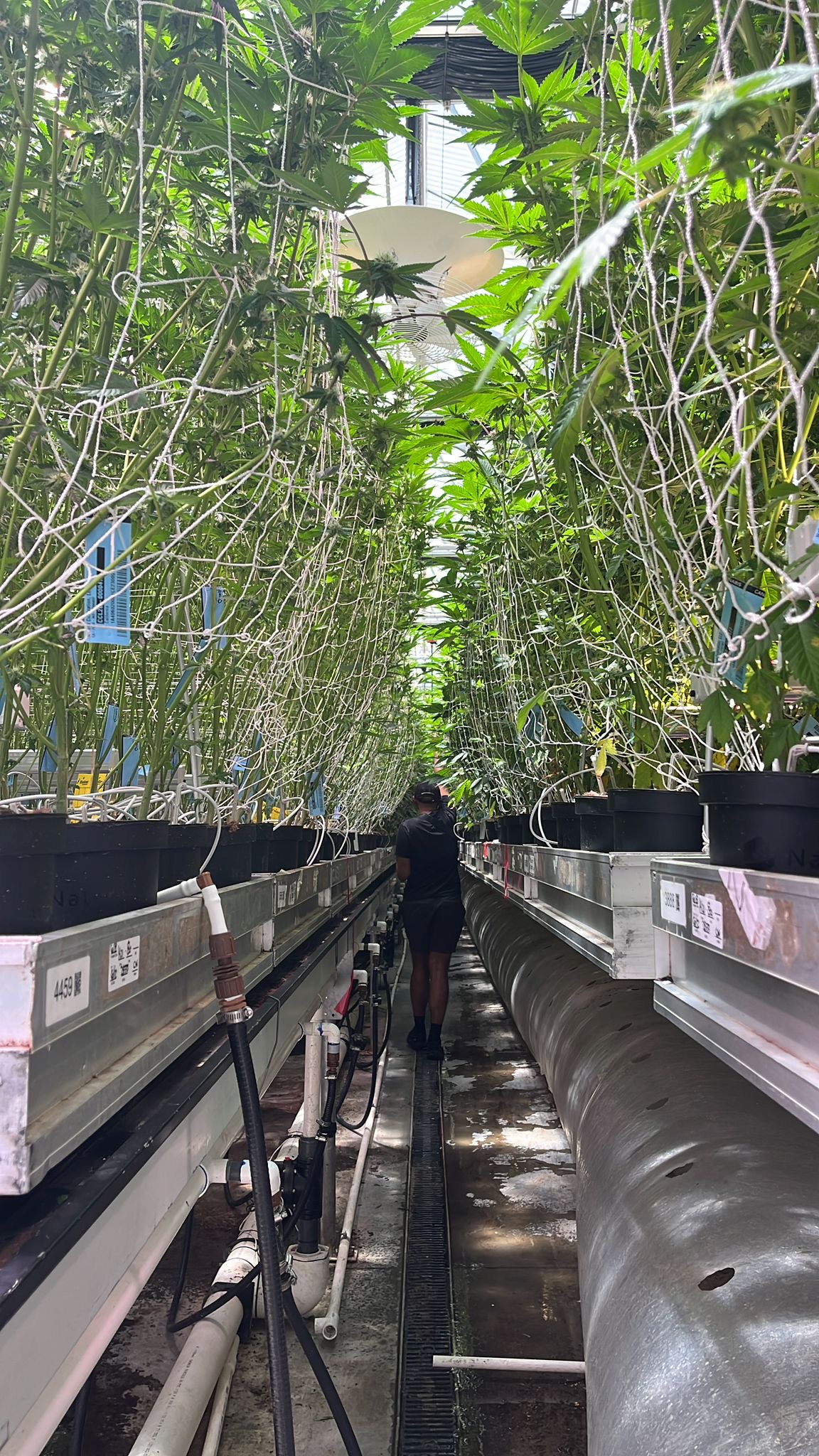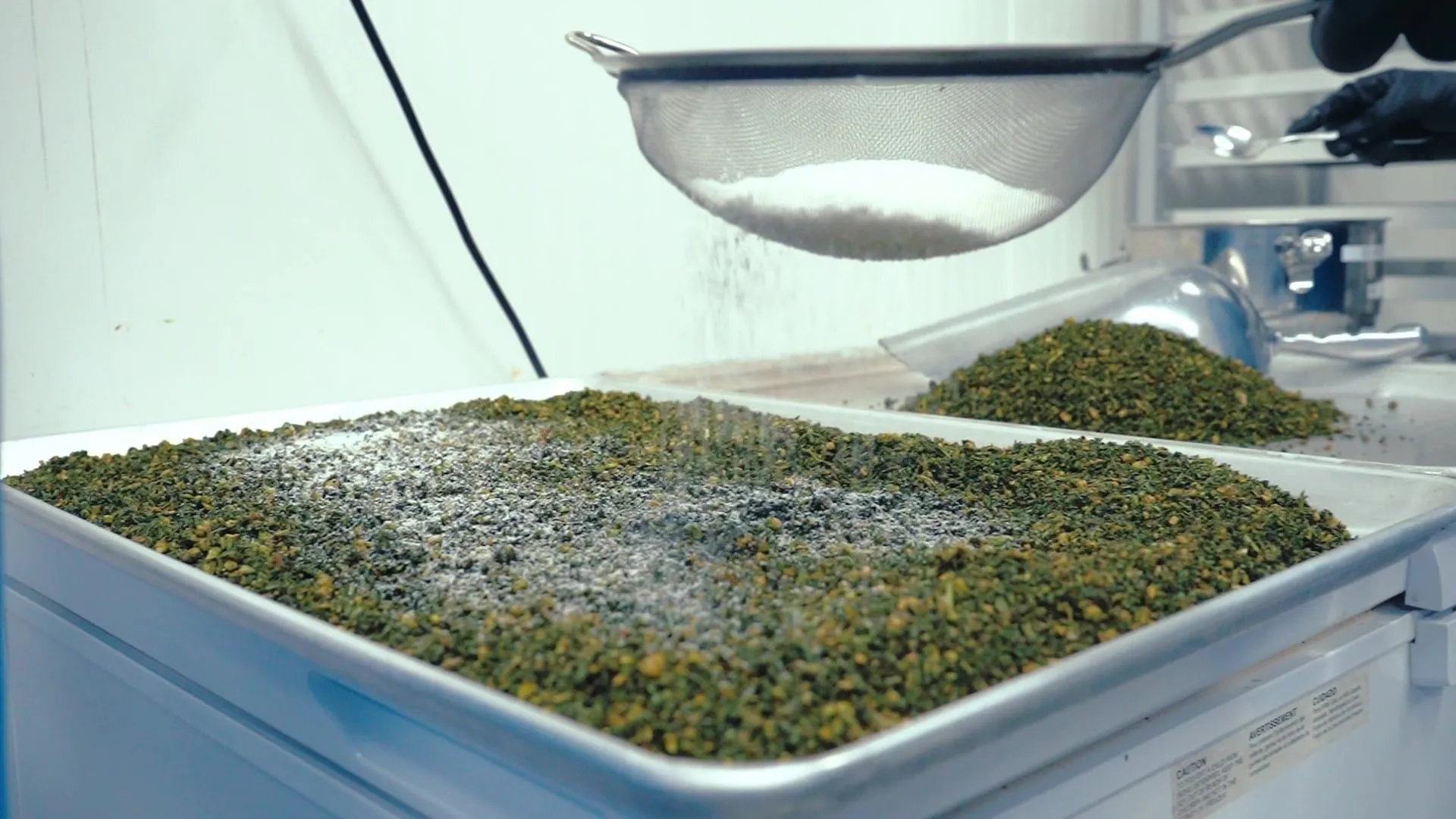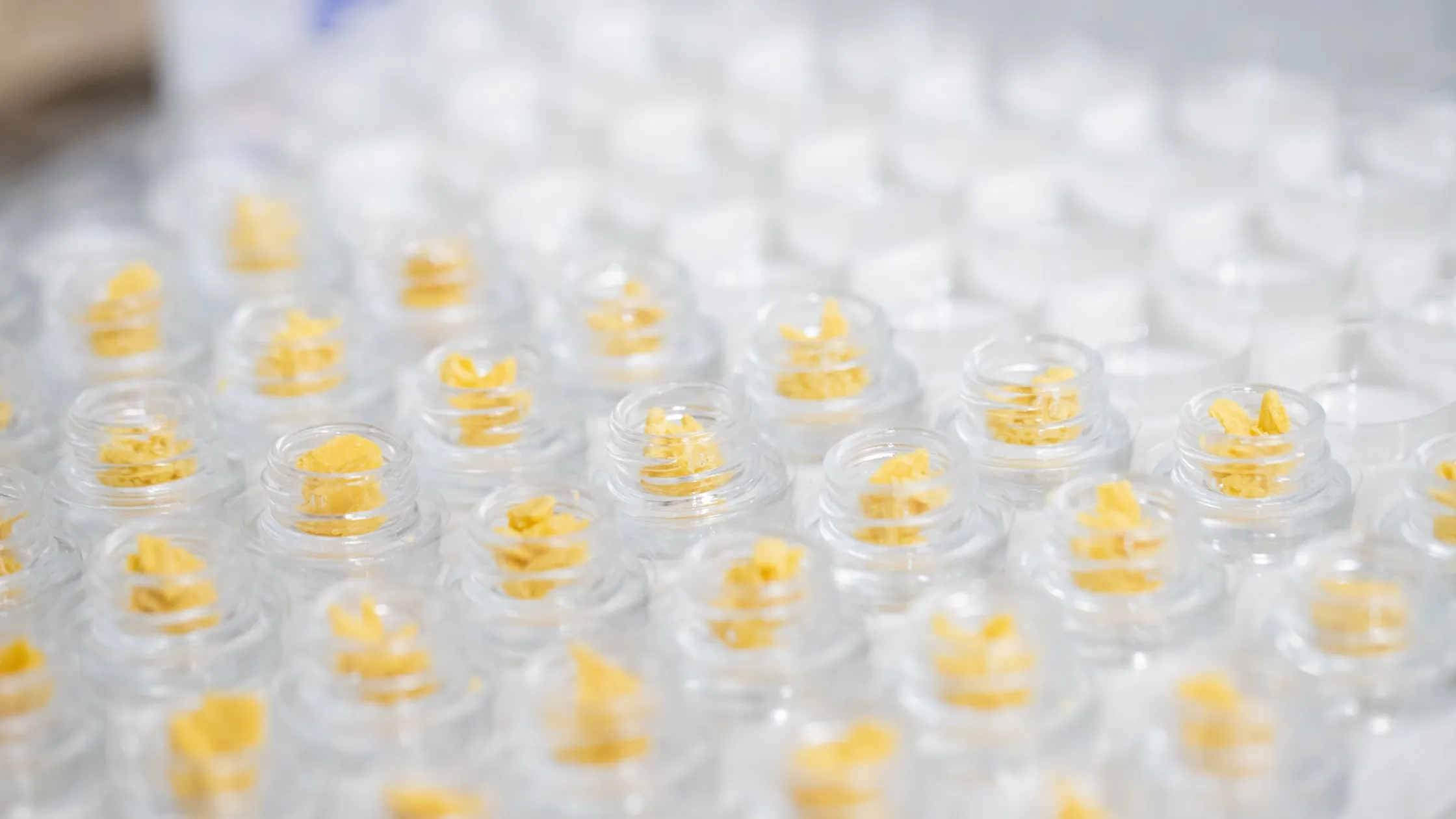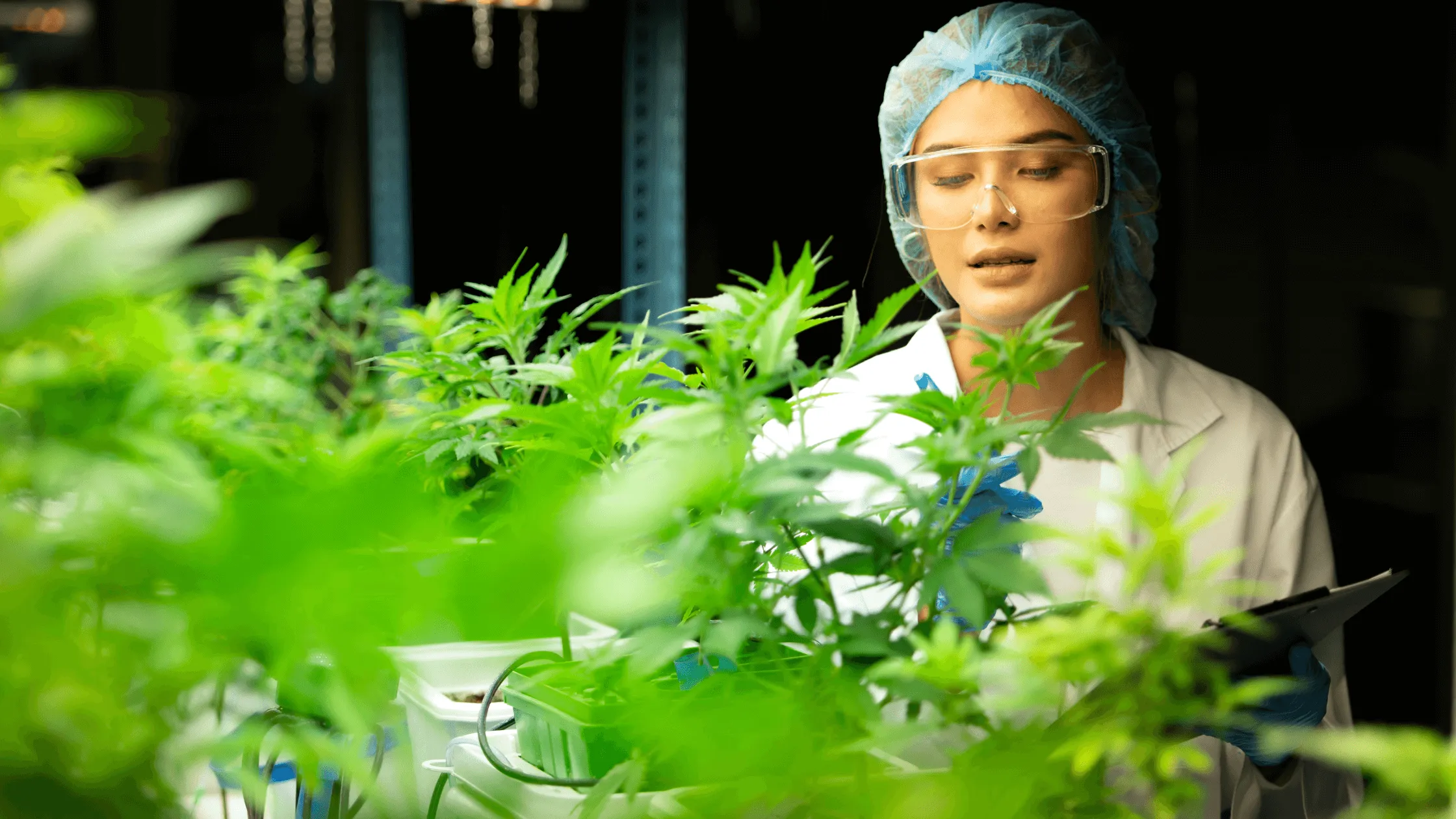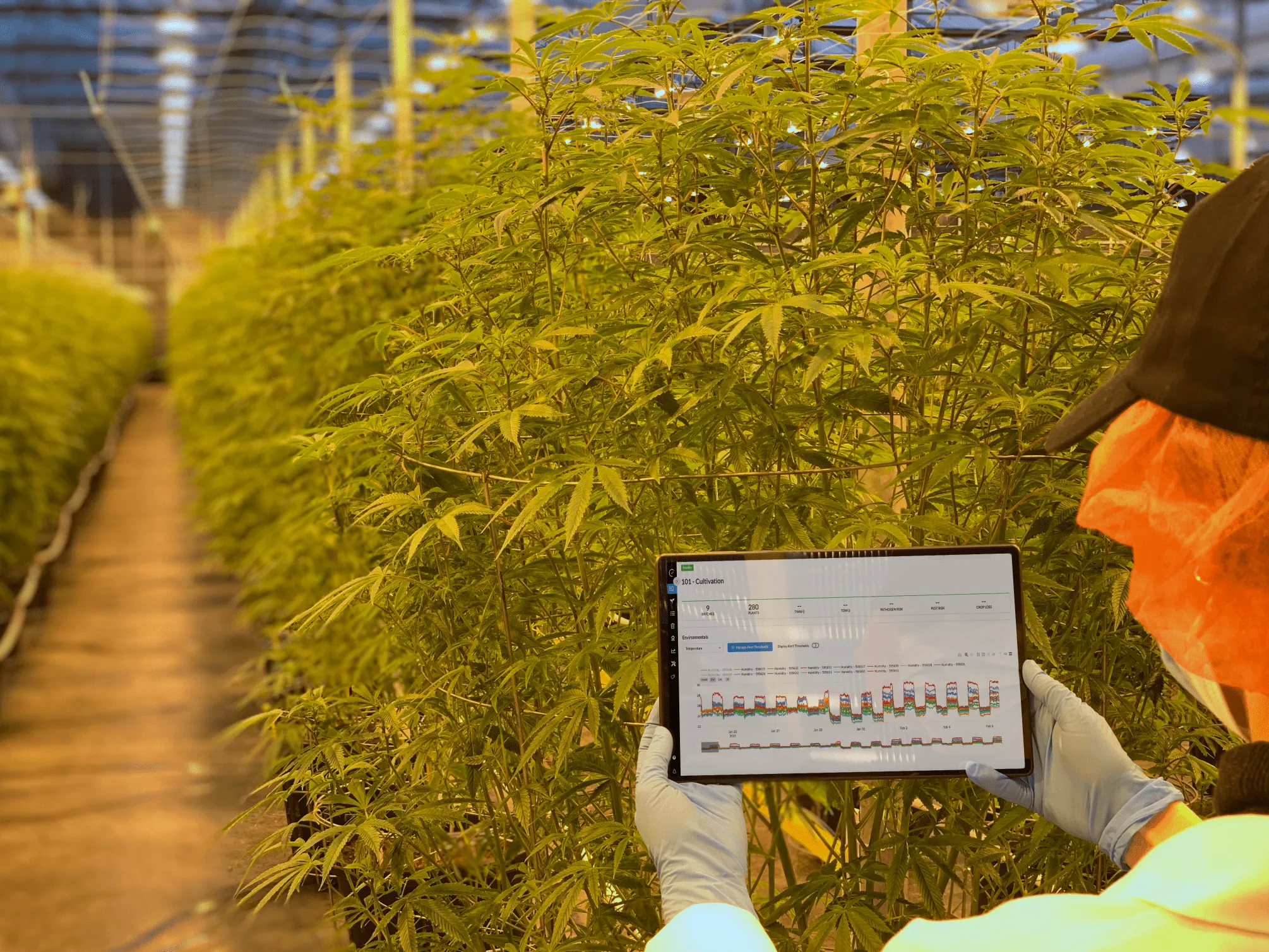What is a Manufacturing Execution System (MES)?
Manufacturing Execution Systems (commonly abbreviated to MES) are used in all sectors, from pharmaceuticals to food & beverages. They capture data from machines, sensors and labour processes, to provide a real time representation of what is happening in a facility. By having access to this information, producers can easily see how their operations can be optimized to improve output.
For cannabis producers, a MES tracks all the current work-in-progress at any one time, including harvest, grading, cultivation and extraction processes. Without a MES producers must manually track this on paper or spreadsheets.
Why are cannabis companies still using pen and paper?
Spreadsheets, pen and paper, and other patchwork solutions are common because most cannabis companies have gaps in their workflows that aren’t covered by their software. In Canada, before The Cannabis Act there weren’t any viable alternatives, so Licensed Producers became used to handling things this way.
Today, a number of tools have been developed specifically for the Canadian cannabis industry. Yet many Licensed Producers have been slow to adopt more efficient software solutions that can replace these piecemeal processes. For example, Seed to Sale software only handles the inventory component of Good Production Practices (GPP) compliance, and does not address GPP-quality record keeping. So any batch records, destruction reports, and Good Practice operations have to be done either on pen and paper or a separate digital system, and then manually printed and reconciled at a later date.
As companies scale up, the inefficiencies caused by such an approach have bigger and bigger consequences. And as more companies adopt comprehensive digital solutions, like MES software, those who still rely on pen and paper are going to find it harder and harder to compete.
If it's not broken...
We're all familiar with the maxim, "if it's not broken, why fix it?" Practical. Pragmatic. Proven. Particularly when you're operating in a highly regulated, process-driven environment like cannabis.
Standardized processes refined over the years may not make Silicon Valley headlines or utilize cutting-edge technology, but they are viewed as established and effective approaches to minimizing risk.
So why disrupt the status quo?
"Move fast and break things" is not a guiding principle of a quality, or a regulatory-focused, organization. After all, continuous improvement practices have reliably demonstrated that small incremental changes, not major paradigm shifts, ensure quality.
Also important to consider, the idea of automation stokes fears about technologies that automate and accelerate traditional processes. Let's call it what it is – self-preservation; people are skeptical about machines taking over their jobs. But…experience suggests that many of the automated tasks are activities people tend not to want to undertake, such as spending half the day pulling and loading data.
Replacing paper-based and hybrid processes with fully digital, automated systems is not a straight one-to-one value exchange- i.e., merely replacing one medium with another.
When cannabis manufacturers replace their paper-based system with a manufacturing execution system, it enables them to improve investigations through greater speed and visibility in finding and correcting root causes.
Three reasons why you should replace your paper-based system with a MES software
1.Business Continuity: In a paper-based system, you are bound to a physical location and process, which requires onsite supervision and manual data entry. The paper forms' data does not integrate with any other facility system without it being manually added into a digital platform. Until that form is scanned digitally, it is the only original copy that proves to Health Canada (HC) that you executed according to your approved SOPs. In a highly-regulated environment where you have a higher risk of water/fire-related disaster, employee turnover, and the potential of a surprise inspection, relying on a paper-based form is what leads to unplanned downtime and delayed batch release.
2. Mitigating Compliance Risk: According to Health Canada, every work record needs to be signed by the individual completing the task. Otherwise, it is not complete. In an environment where stacks of paper-forms are sitting on the production floor manager's desk, being able to quickly pull a work record such as a sanitization task against a batch in a specific room will be the difference of Health Canada inspectors spending less or more time scrutinizing your documentation process. The faster you can provide the answers, the faster you are back in production!
3. Continuous Innovation: Complacency with the status quo carries additional costs. The data stored on paper, spreadsheets, PDFs, Google Drive or e-mail, reinforce silos and obscure data-driven insights, creating blind spots across the organization. This inhibits operational improvements, increases risk, and makes it difficult to identify root causes and remediate. How can you improve your process when you spend most of your time catching up on work?
If you're keen to get rid of paper once and for all - take a look at our post on change management strategies, or download our guide to purchasing cannabis manufacturing software. The guide will help you identify how to classify the different software options available for cannabis manufacturing, and determine how these tools will impact your business.
We also have countless case studies of cannabis producers who have switched from paper-based systems to Elevated Signals' Cannabis MES (Manufacturing Execution System).






